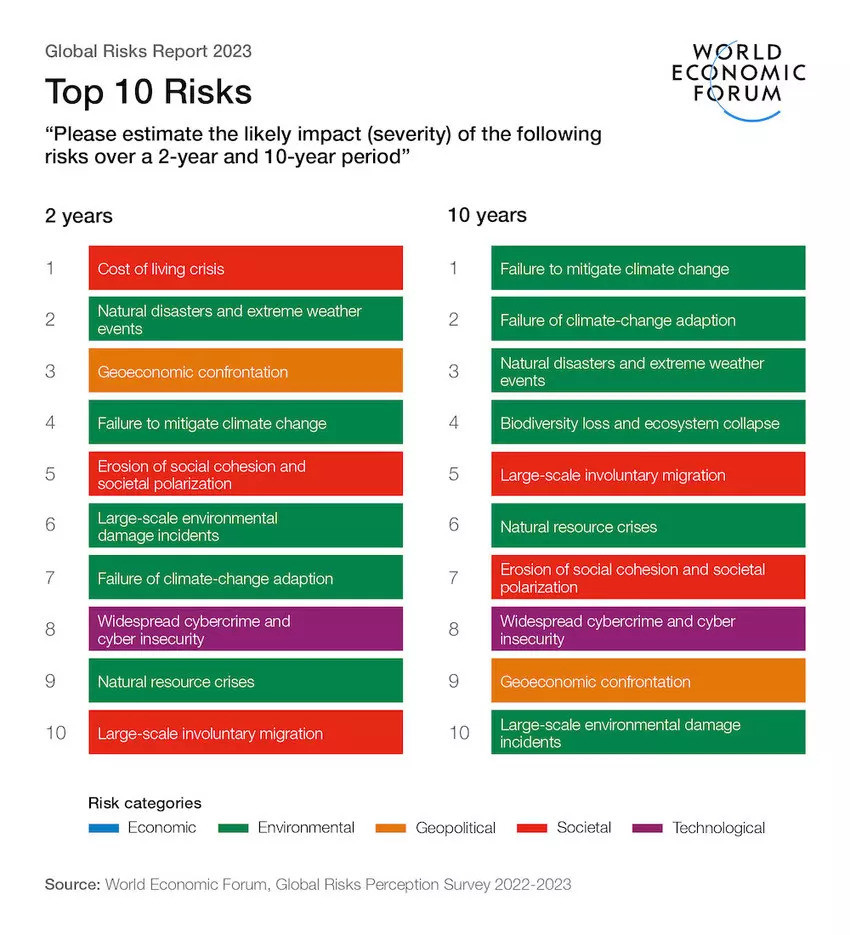
August 24, 2009
An Open Letter to Nicolai Ouroussoff

“Nighttime in New York, 2106,” Architectural Research Office, 2007
If he does engage in this search, he will find that Gotham isn’t nearly as barren of the “heroes” he seeks. He would find practices and their principals exerting great influence over the current generation of architects and even more sway upon the students of the next generation.
He would meet Alexander Gorlin, whose Nehemiah Housing in East New York is responsible — in every sense of that word. He would find that the three partners of Lewis-Tsurumaki-Lewis are all deeply revered teachers (Paul Lewis is the Director of Graduate Studies at Princeton, Marc Tsurumaki teaches at Columbia, and David Lewis is the former Director of Parsons’ graduate program), respected theorists, and accomplished builders, whose reach extends far beyond just this city.
He would speak with David Leven and Stella Betts of Leven Betts Studio, who are also ensconced in the academy while running a much-honored practice (Leven has inherited the graduate program at Parsons from David Lewis). He would meet Adam Yarinsky and Stephen Cassell of Architecture Research Office who, besides regularly teaching and building prominent public work such as the Armed Forces Recruiting Station in Times Square, have devoted office resources to complete essential work in collaboration with the brilliant structural engineer Guy Nordenson. Their vital research on how climate change may affect New York City was completed through a Latrobe Prize grant and must be taken seriously.
And Mr. Ouroussoff would find countless other studios and offices (nArchitects, SHoP, Lyn Rice Architects, WORKac, Leroy Street Studio/Hester Street Collaborative, and more than I can name here) run by architects, young (and in some cases significantly younger than the accomplished Angelenos he mentions) men and women, all of whom have had broad influence within and outside the profession. Most of these practices and the people who run them, including our own, have devoted themselves to a dual act of responsibly progressive design: teaching and building. They have already had (even though considered mere youngsters in a profession that rewards age and patience) an impact on local and more far-flung colleagues and students, on this generation and future generations of architects, and on New York City itself.
There can be no greater influence on the future of our city and on the built environment than to inspire others to make better and more responsible architecture. The work and teachings of many of my colleagues is mostly lacking in self-promotion but overflowing with substance. This is what makes them influential and, at times, heroic. But it is also, perhaps, what makes them far less visible to Mr. Ouroussoff. He should be looking more closely.
Observed
View all
Observed
By Andrew Bernheimer

 Andrew Bernheimer is the principal of Bernheimer Architecture. He teaches at Parsons The New School for Design.
Andrew Bernheimer is the principal of Bernheimer Architecture. He teaches at Parsons The New School for Design.



